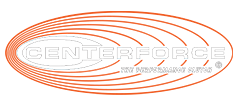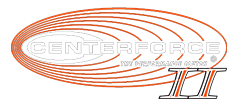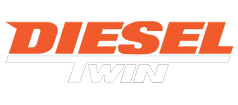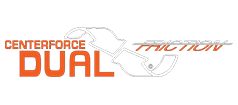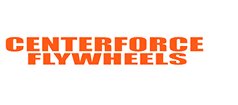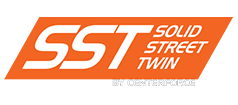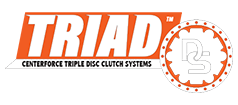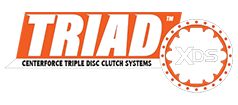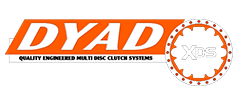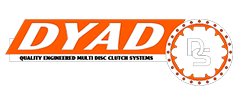
Take a rare look inside the Centerforce® Clutches factory to see how we research, develop and manufacture the best possible clutch kits on the market
For more than 25 years Centerforce® has been a leader in clutch innovation and quality. To ensure the highest level of quality, every clutch design that Centerforce offers is run through a gauntlet of testing procedures. We continually monitor and evaluate clutch-holding capacity by utilizing specific friction materials and accurate Pressure Plate clamp-load measurements. Clutch breakaway torque readings are further verified through our specially built clutch testing equipment.
It is important to note that these values are not just mathematical calculations on paper - our numbers are backed-up by actual “real world” use and testing. Centerforce uses the latest in CAD/CAM technology for all of our in/house product designs. This coupled with precise measurement and strict manufacturing control means you get parts right - the first time.
In addition to these procedures, Centerforce also regularly test components and materials through independent test labs to further ensure we not only meet, but also exceed industry standards. Centerforce is serious about quality. We take the extra steps so you can expect long life, ease of use, precise operation and maximum power transfer from your Centerforce clutch.
CU 1/5: How a Clutch Works
Find out how a clutch can harness the horsepower and torque of an engine and transfer it from the engine to the transmission. Goes over components of a clutch system.
CU 2/5: Proper Clutch Break-In
Learn about how to properly seat/break in the clutch and the best way to get most life out of the clutch.
CU 3/5: Street Clutch Technology
What you need to know when picking out a clutch, various street performance applications offered, and the proper use of each. Also, this video covers Centerforce technologies including: Centrifugal Weights, Ball Bearings, and Puc-Style Discs. Covers Centerforce I & II and Dual-Friction.
CU 4/5: Max Performance Clutch Technology
Talks about all out performance clutch applications. Covers DFX, Light Metal, and DYAD.
CU 5/5: Flywheel Design and Materials
Talks about the three types of flywheels (Cast Iron, Billet Steel, and Billet Aluminum) available and what one should be picked for its use. More depth into the technologies of aluminum flywheels.
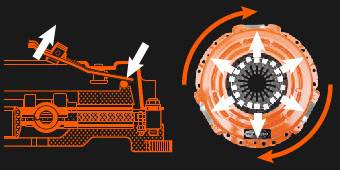
As the clutch spins, centrifugal force is applied to the weights, transferring through the diaphragm to the pressure plate. This is how the Centerforce weight system increases clamp load along with RPM.
note: Clutch finger movement exaggerated for demonstration purposes.
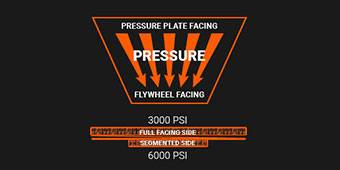
PSI increases when condensed to a smaller area, resulting in increased grip.
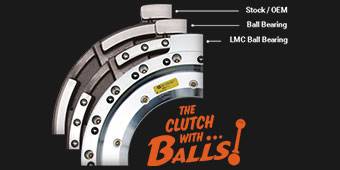
The patented ball bearing design allows us to increase clamp load, maintain stock dimension, and lighten pedal effort. This technology allows us to develop great stock like feel with increased performance.

Centerforce is a leader in clutch innovation and quality! We’ve been developing clutches among the best on the market for more than 25 years.The latest in CAD/CAM technology for all in-house product designs, using precise measurement and strict manufacturing control.
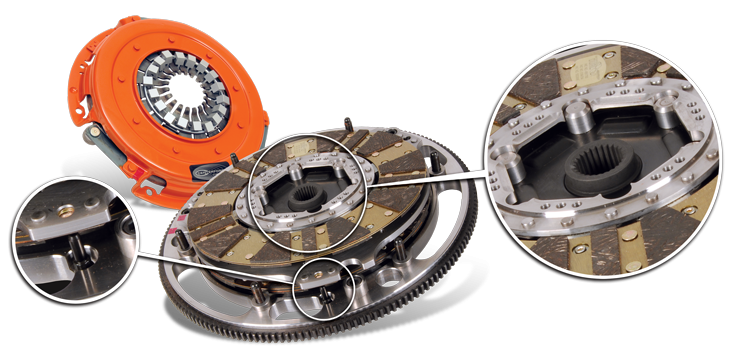
Centerforce provides innovative leadership in clutch technology by creating patented processes like their DYAD mutli-disc coupling system. Centerforce looked to allow multi-disc clutches with a fully dampened package. The DYAD system allows for a compact, strong, performance design that does just that. By developing this new design Centerforce can offer something seldom found in multi-disc clutches; drivability. Now you can have your cake and, you know.
WARNING!
Dust hazard. Centerforce® does not use friction materials that contain asbestos. However; older non-Centerforce clutches maybe have been formulated with these materials. Breathing dust from these products has been linked to lung disease and cancer hazards. To reduce your risks of serious injury:
Avoid creating and breathing clutch/friction dust during replacement work. Wear a high-efficiency mask or dust respirator during cleaning if you are unsure whether clutch/friction dust may contain asbestos fibers. Wet surfaces with either water or brake cleaner and use rags to clean if necessary. Properly dispose of rags in an air-tight container.
Never grind or use compressed air in and around friction products. Read and follow all clutch-related instructions and warnings in your vehicle service manual.
HAVE QUESTIONS?
Checkout These Articles with our Frequently Asked Questions




